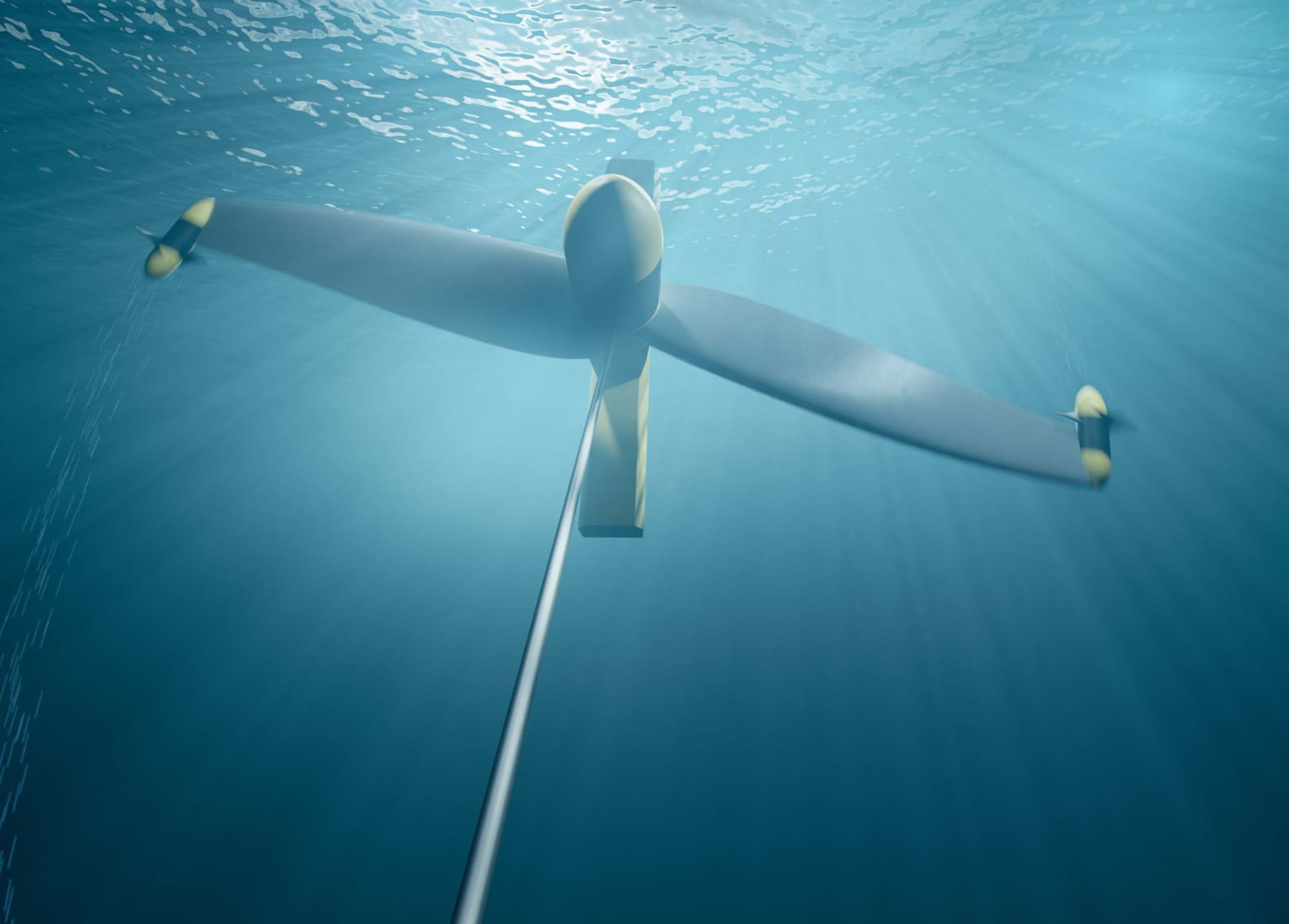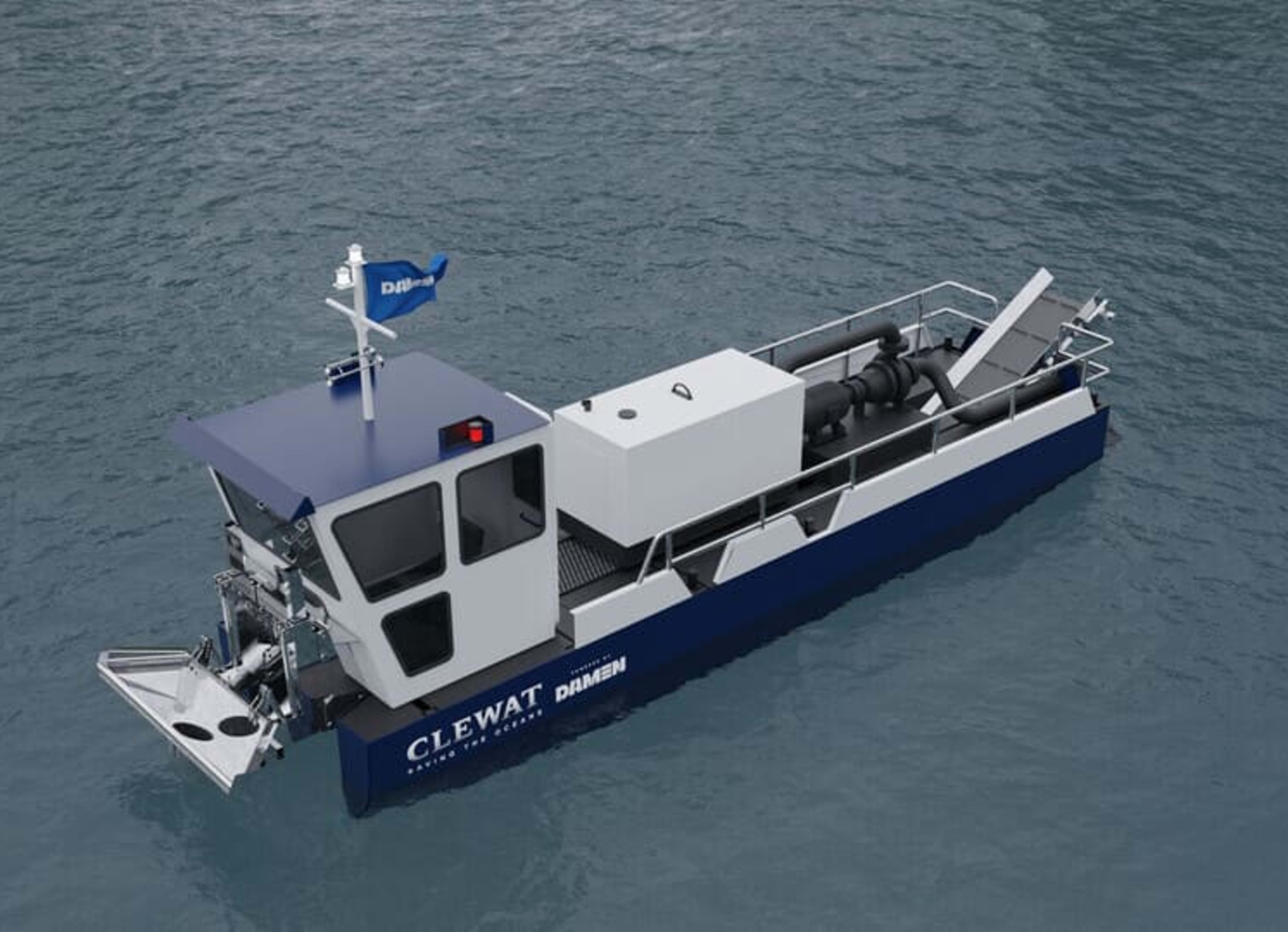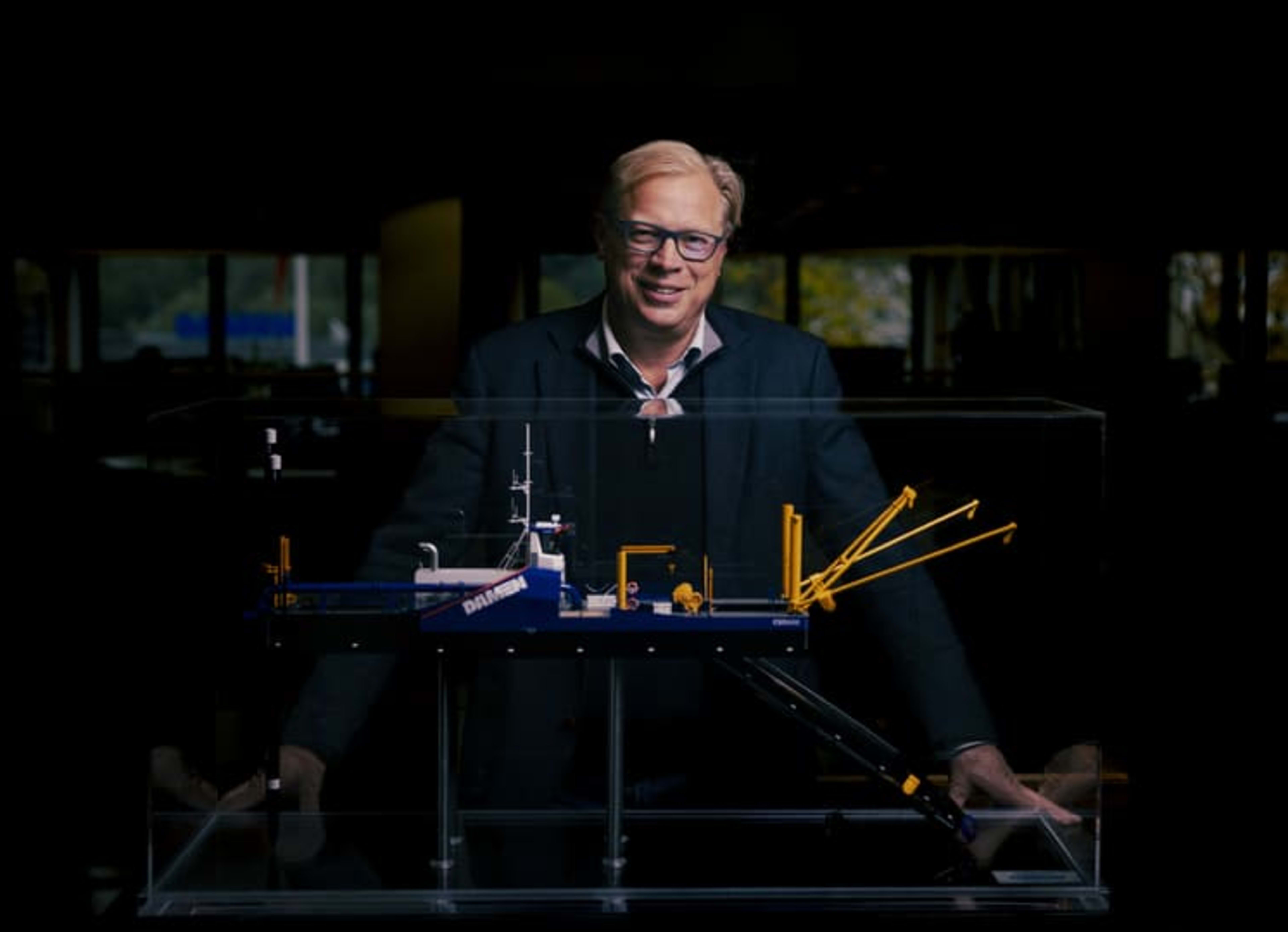Damen’s Corporate Venturing Unit (CVU) embarks on a new course, by fully embracing the pioneering spirit of Damen.
The successful cooperation between Damen and sistercompanies like Skoon, SolarDuck, Equinox and Lumina has fast-tracked the development of the Corporate Venturing unit. “Initially, we set a strategic focus on how we wanted to collaborate with startups and refined it along the way,” says Jasper Schuringa, Head of Corporate Venturing.
Cooperation between a corporate and a start-up can be challenging, Jasper admits with a hearty chuckle. “But it’s worth it. The involvement and input of creative, free-spirited entrepreneurs helps Damen maintain its traditional pioneering role.”
Streamline
For the past several years, Jasper recounts, the corporate venturing unit has been building the necessary infrastructure. “We had to fine tune our strategic focus, organise the back-office and streamline our operations before we could take the next step. But we did, and I’m proud to say that Corporate Venturing is now an integral, full-fledged unit of Damen Maritime Ventures (DMV).” As a portfolio-oriented division focused on continuously building and improving strategic and relevant niche businesses, Damen Maritime Ventures offers the perfect organisational location for Damen’s corporate venturing activities.
To celebrate its coming of age, and announce the new, more assertive strategy, DMV organised an event for start-ups in Amsterdam, which was attended by innovative entrepreneurs, investors, and ecosystem partners.
“We are casting the net much wider now, and at the same time have more focus,” Jasper explains. “We are actively looking for start-ups, or even people with a great idea, for example at universities and research institutes.“
However, as CEO Arnout Damen pointed out during a speech at the start-up event, the conditions for Damen stewardship have not been relaxed. “The companies we select each offer high-potential, ‘on-edge’ innovation and contribute to the core activities of Damen,” Jasper elaborates.
Deal flow process
Since the beginning of this year the Corporate Venturing team reviewed over 90 companies. “Leads are received from many different angles”, Jasper continues. “After analysing the idea, team, finances, growth potential, strategic alignment, company value, etc. Of all the start-ups, only three companies were found to be promising.“
The team is currently analysing how to best shape Damen’s involvement with these companies. “We are not venture capitalist, but a corporate venturing unit applying a smart capital approach,” Jasper says. “This could entail a cash injection, but a large part of what Damen adds is in kind; expertise, research, facilities. Damen is not interested in taking over the whole startup company. We take a small stake, and we always make sure the start-up is able to retain its autonomy and thrive on its own entrepreneurial capabilities. We believe in giving entrepreneurs space, because to think out-of-the-box, and be innovative or even disruptive, that’s what you need.”
Over the past few years, Corporate Venturing also worked out its own role in the matchmaking process. “We act as liaison between Damen and the start-up,” Jasper says. “We connect people and keep the overview but stay away from the day-to-day.” The Head of Corporate Venturing pauses. “Otherwise, it just wouldn’t be scalable.” The commercial as well as funding successes of Skoon and SolarDuck show how a corporate such as Damen can add to, and have a synergy with the startup.

Equinox: Going against the current
With the help of Damen Maritime Ventures, Equinox is developing a special turbine to convert the ocean currents into baseload energy.
The turbine is a large, two staged propellor, made of reinforced concrete and attached to an anchor like a balloon on a wire, turning gently to the ocean current. As Leonardo DaVinci once said, simplicity is the ultimate sophistication.
However, as with most great inventions, the current turbine was preceded by a learning curve, which ultimately led Pieter de Haas into deeper waters. “Technically, many previous projects were a success”, Pieter says. ”But financiers have a different perspective than technicians, and economically tidal energy just wasn’t viable.”
Tips
Pieter pivoted his efforts in the different projects and privately kept looking for a way to tap into the raw power of the ocean. “When I started looking into ocean currents, I quickly realised that although the tides might be more powerful, ocean currents are stable and consistent. Which not only means that -measured over time - they generate double the amount of energy, but that the risks involved are much lower.”
Working on the design in his spare time, Pieter concluded that the best way to catch the natural force of the current would be via a giant 50-metre-long rotor blade with two small turbines on its tips.
The big blade drags the small propellors through the water, which power two conveniently sized generators, instead of a cumbersome giant generator. With a full load factor of 60-65%, compared to 30- 35% for wind turbines and 12% for solar energy, it’s extremely energy efficient.”
Although the Equinox turbine requires a minimum water depth of at least 250 metres, Pieter also expects construction and maintenance costs to be much lower than, say, offshore wind, resulting in a relatively low cost of energy generation.
Funding
Pieter is currently working with the CVU to collect the necessary funding to fine-tune the design and build a precommercial version, which he expects to launch in three years. “The construction process is actually very similar to building a ship,” Pieter remarks. “You source the complicated components and assemble everything in a dock.” Pieter also praises the can-do mentality at Damen. “Whatever problem you encounter, there’s always someone to help you out.”

Lumina: Going places
Lumina (formerly known as Sensing360) creates photonic sensors to measure the pressure, pull or torque on (rotating) parts. The cooperation with Damen Ventures opens up a world of maritime applications.
“Serendipity, I suppose,” says Eric van Genuchten, sagely. The COO and co-founder of Lumina is explaining how Damen was looking for ways to measure the load on the winch of a ship, when he showed up to pitch the photonic sensor that he and two other entrepreneurs had developed over the past year.
In a barn in Brabant the three technicians had created a unique measurement tool for rotating systems, based on the interaction between light and electronics.
“Our sensors are able to reach places that were previously impossible to get to,” Eric explains. “You can fit up to 20 sensor positions into a fibre-optic cable as thick as hair and insert them, without altering the construction, into whatever component you need data on.“
Organically
Damen Corporate Venturing immediately recognised the potential for the maritime sector, Eric notes. “To get exact data on the pressure loading of a ship’s gear box, winch, hull or other rotating parts is of great added value for Damen’s clients. And for us, working with Damen opens up all kinds of new possibilities. Our cooperation grew organically, in line with the development of Damen Venturing as an integral part of the company. From the beginning our relationship was based on synergy, with both parties profiting from the exchange of knowledge.“
Three out of the five people who work at Lumina, are data scientists. “We have a lot of combined experience at Lumina,” Eric continues. “But not in the maritime sector and that’s where we see strong value in the corporation with Damen.“
Damen Triton
Lumina has been active for over five years in the renewable energy sector, mostly measuring the performance of wind turbines on a for-hire basis. After placing the sensors, the collected data is then analysed by specially designed software, in order to optimise a machine’s performance. “When you have all the data, you are able to make the machine safer, more efficient and more durable,” Eric posits. “But also legally, companies are increasingly expected to be precise about their output.”
One of Damen’s greatest assets is Damen Triton, its connected vessel platform developed by Damen Digital Solutions (DDSo), which collects information from thousands of data points, to create a comprehensive view of a ship’s workings. “Together with DDSo we’re integrating our sensors into the gear box, winch and hull to create new and unique sensor points which give clients better and more effective insights.”
Eric ends by pointing out; “It’s rare for such a big company like Damen to appreciate the entrepreneurial dynamic of a start-up and embrace the innovation to the fullest.“
Sustainable and digital future
The Corporate Venturing Unit (CVU)-team will continue scouting for startups that contribute to the Damen vision of becoming the most sustainable shipbuilder, also by means of digitalising vessels and services. Jasper Schuringa adds: “In order to be successful as a CVU you have to understand current and future market needs and technologies. Then, together with internal and external stakeholders, you have to develop a commercially viable proposition for next year as well as for over five to ten years. Innovation is a balancing act of vision, commerce, timing, teamwork and persistence.”
Receive our newsletter
Get Damen updates, news and amazing offers delivered directly to your inbox.




